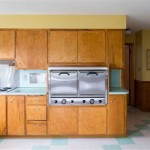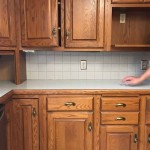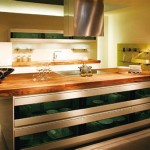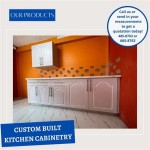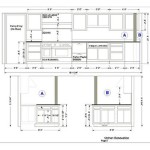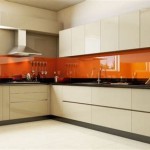Essential Aspects of Kitchen Cabinet Joints
Kitchen cabinets are an integral part of any kitchen design, not only providing storage but also enhancing the overall aesthetic. One crucial aspect that determines the durability and longevity of kitchen cabinets is the type of joint used to assemble them. Selecting the right joint ensures a strong and stable construction that can withstand everyday use and prevent costly repairs down the line.
Several types of joints are commonly used in kitchen cabinet construction, each with its advantages and disadvantages. Here are a few of the most popular options:
- Butt Joint: A simple joint where two pieces of wood are placed against each other and held in place with glue or nails. This joint is relatively easy to make, but it is not very strong and can be prone to splitting or separating over time.
- Miter Joint: A miter joint creates a 45-degree angle at the corner where two pieces of wood meet. This joint is stronger than a butt joint, but it requires more precision to cut and fit the pieces together properly. Miter joints can also be more difficult to hide, as the angled edges can be visible.
- Mortise and Tenon Joint: A mortise and tenon joint is a very strong and durable joint that is often used in high-quality cabinets. This joint is created by cutting a mortise (a rectangular hole) into one piece of wood and a tenon (a rectangular peg) into the other piece. The tenon is then inserted into the mortise and secured with glue or screws.
- Dowel Joint: A dowel joint is similar to a mortise and tenon joint, but it uses dowels (round wooden pegs) instead of tenons. Dowel joints are strong and relatively easy to make, but they are not as strong as mortise and tenon joints.
- Dado Joint: A dado joint is created by cutting a dado (a groove) into one piece of wood and a rabbet (a shoulder) into the other piece. The rabbet is then inserted into the dado and secured with glue or screws. Dado joints are strong and durable and can be used to create a variety of cabinet designs.
In addition to the type of joint, there are other factors that can affect the strength and durability of kitchen cabinet joints, such as the quality of the materials used and the skill of the person assembling the cabinets. By choosing the right joint and using high-quality materials and craftsmanship, you can ensure that your kitchen cabinets will last for many years to come.

8 Cabinet Joints For Your Home Improvement Project

How To Build A Kitchen Cabinet With Wood S Sawdust Girl

How To Build A Cabinet With Dado Joints Sawdust Girl

Birkwood Joints Cabinet Makers Scotland

Wood Joinery At Cabinetnow Cabinet Now

How To Build Diy Kitchen Cabinets Dowelmax

8 Cabinet Joints For Your Home Improvement Project

3 Plenty Strong Plywood Joints Wood

Unfinished Kitchen Cabinets And Bathroom Cabinet Construction

8 Cabinet Joints For Your Home Improvement Project


